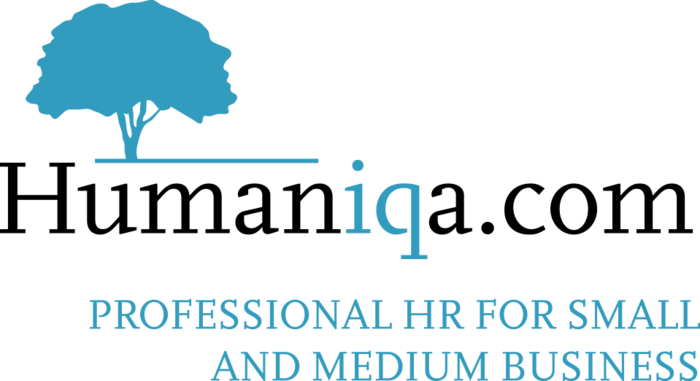Humaniqa HR Blog
Errors that Employers make in the Interview and Selection Process May 25 2015
Selecting the most qualified candidate when hiring is one of the most important decisions managers make. The right hiring decision can:
- Lower turnover and increase productivity
- Establish employee trust within the organization and improve morale
- Increase the knowledge, skills and abilities within the organization
Relying on unstructured interview questions and processes, and being unprepared can lead to mistakes in both the interview process and in the rating of candidates. Ultimately, it can lead to poor selection decisions that can have negative effects on the organization.
Interview Errors
- Allowing pre-interview impressions of the applicant to influence conduct in the interview
Preconceived beliefs and judgements based on information obtained from the resume and cover letter can influence the tone of the interview. Interviewers are in charge of the flow of the interview, and can easily set the tone using verbal and non-verbal communication. When one allows preconceived beliefs about the characteristics of the applicant to lead the interview in a negative or positive direction, the applicant’s responses and reactions will be affected as well.
- Asking questions that are unrelated to the job
This wastes time and does not produce any valuable information with which to rate or evaluate the candidate’s qualifications. Be careful not to ask questions of a personal or lifestyle nature. Basing hiring decisions on factors unrelated to the job can put employers in a legally vulnerable position.
- Talking too much
The purpose of the interview is to gather as much relevant information about the candidate as possible. When interviewers spend too much time describing the job, and/or talking about themselves or the organization, valuable time is lost. The key to being a good interviewer is in being prepared and listening.
- Not allowing enough time
Because “time is money”, employers will often cut interviews short before all questions are asked and/or the candidate is allowed ample time to answer. This does the organization a disservice. By allowing 45 minutes to one hour for an interview, the likelihood of gathering meaningful information increases.
Rating Errors
- Selective Perception
Interpreting what you see or hear based on your own interests, experiences and attitudes. Leave personal biases out of the selection process.
- Halo Effect
Drawing a general impression about an individual based on a single characteristic. For example: after assigning a very high score on “leadership”, a rater may feel that the same score is warranted for “effort”, even if evidence suggests that should be the case.
- Contrast Effects
This occurs when interviewers compare candidates with each other, rather than against the performance standards of the job or the established criteria. An otherwise mediocre candidate may seem exceptional when he follows a poor candidate.
- Projection
This occurs when an interviewer assumes that a candidate is similar to themselves. For example: a candidate that went to the same university as the interviewer may be perceived as being similar to the interviewer in other ways.
Avoid making Interview and Rating Errors
- Preparing interview questions ahead of time, using the job performance standards to establish the selection criteria
- Allow a minimum of 45 minutes for each interview
- Ask the same questions of all candidates, being careful not to lead candidates towards the desired response
- Consider using a panel (a minimum of two interviewers)
- Make the candidate feel at ease by allowing a few minutes for introductions and small talk, as well as explaining the interview process
- Using the established scoring scheme (determined in the preparation stage), evaluate all candidates based on the criteria and their actual responses
For those that have relied on “unstructured” interviews, this process may seem complicated and time-consuming. However, the reality is that good selection processes can avoid bad selection decisions, and ultimately money.
Need Hiring Help?
Managing the recruitment and selection process is crucial to the effective operations of an organization but can be a challenge. Humaniqa offers a comprehensive Recruitment and Selection Guide, training videos and an inventory of templates to help you hire and retain the right individuals.
Here’s a brief list of some of templates you can find on Humaniqa.com to assist with your recruiting;
- Job Ad Templates
- Job Descriptions
- Recruitment Checklist
- Employment Application Forms
- Interview Questions & Evaluation Forms
- Reference Checking Documents
- Offer Letters
- New Employee Information Form
- Unsuccessful Candidate Letter
- Orientation Checklist Form
